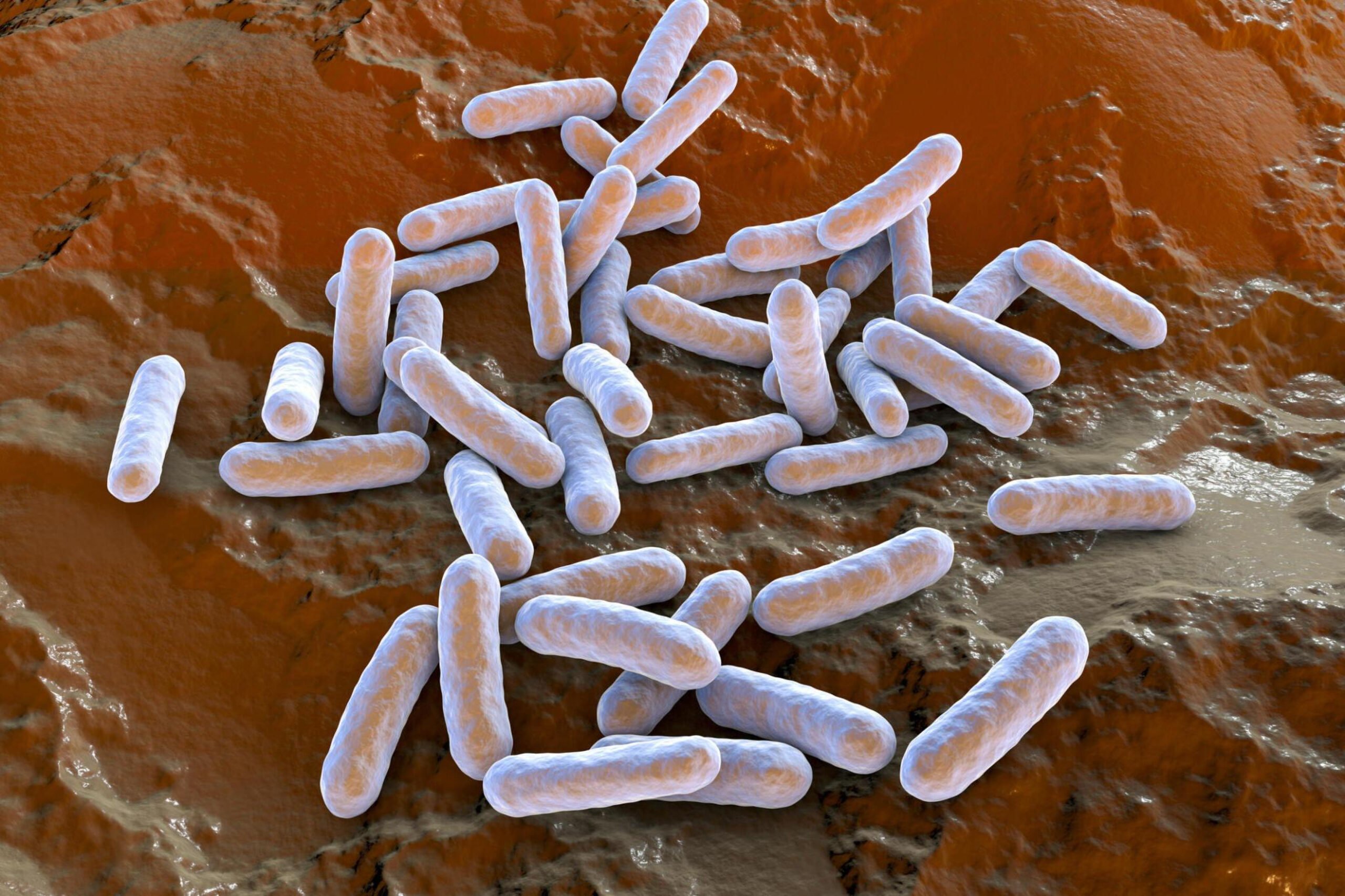An increasing number of men are becoming interested in probiotics for improving skin conditions like acne, eczema, aging, and more. As probiotics continue to demonstrate positive impacts on gut health, there has been rising scientific intrigue in how they may benefit skin as well. Many dermatologists and researchers now believe that introducing good bacteria internally through oral probiotic supplements can manifest in better skin externally.
But with so many probiotic options now available aimed at everything from gut health to immunity to skin appearance, what should men looking to improve skin from the inside out know about effectively utilizing probiotics? We spoke with dermatologists and probiotic experts to find out the latest recommendations.
The Skin-Gut Axis: How Are Probiotics Thought to Impact Skin?
Most dermatologists now recognize an intrinsic link between gut health and the appearance and functionality of skin. This connection is referred to as the skin-gut axis. When our gastrointestinal microbiome is balanced with plenty of healthy gut flora, inflammation is reduced while more nutrients reach skin to nourish cells and enable regeneration. Conversely, when good gut bacteria are low, inflammatory responses become overactive, less nutrients reach skin tissue, and more bad bacteria or yeasts like candida can proliferate internally and externally.
Some small studies on skin conditions like acne, eczema, and aging have provided early clinical evidence that altering the gut microbiome positively through probiotic supplementation provides skin improvement as an extra benefit. “We believe healthy digestion and intestine flora plays a substantial role in optimal skin function and appearance,” says dermatologist Dr. Whitney Bowe. “The skin microbiome, just like our gut microbiome, when properly balanced seems to support skin looking vibrant and youthful.”
Choose Skin-Specific Probiotic Strains
With many probiotic supplements on the market aimed at general gut and immune health, dermatologists caution that men looking mainly for skin enhancements should choose products containing specific probiotic strains clinically shown to benefit skin. Some leading skin-friendly strains backed by initial research include:
Lactobacillus paracasei
This probiotic strain isolated from healthy skin studies has shown promising abilities to reduce skin sensitivity, redness, and reactivity by regulating innate immune responses in skin cells. Early research indicates L. paracasei may also have anti-aging effects by reducing glycation, or protein and fat hardening in skin that leads to wrinkles and loss of elasticity.
Bifidobacterium longum
Multiple preliminary studies have linked this common gut microbiome strain with reduced skin irritation, enhanced skin barrier function, and lower incidence of skin infections when consumed orally as a probiotic. It appears to improve skin in part via reducing inflammation-generating bad bacteria in the intestines.
Lactobacillus rhamnosus
Newer emerging research has connected this probiotic strain with improved skin hydration, increased collagen production, and accelerated wound healing. Unpublished lab studies also show promise in utilizing L. rhamnosus applied topically to enhance skin appearance and fight acne.
Streptococcus thermophilus
Often used in yogurt cultures, early clinical trials show oral supplementation with this bacterial strain significantly improves skin moisture and suppleness while also moderating sebum production and inflammation markers. More research is still needed.
Include Prebiotics for Colonization
Complementing probiotic supplements with prebiotic fiber sources can help the good bacteria adequately proliferate and colonize internally to a level that manifests anti-aging skin effects. “My top recommendation is combining probiotics with prebiotics like acacia fiber or inulin for best skin improvements,” advises dermatologist Dr. Andrea Suarez. “The prebiotic fibers act as fertilizers to allow the probiotics to better populate.”
Start with Minimal Doses, Work Up Gradually
For those new to regular probiotic supplementation for skin health, dermatologists recommend starting with capsules or powders delivering colony-forming units (CFUs) in the range of 5 to 30 billion and gradually increasing to 50 to 100 billion. Once a daily dose is established, stick with the same supplement regimen for at least 2 to 3 months to allow noticeable skin changes. Introducing too many CFUs too quickly can temporarily cause adverse reactions like breakouts as the microbiome adjusts.
Can Probiotics Replace Topicals?
While excitement is growing around probiotics, most dermatologists consider them complementary rather than replacing prescribed or over-the-counter topical treatments. “I still advise patients to maintain proper skin care regimens with topical retinoids, sun protection, and medications tailored to their conditions while adding probiotics,” says Dr. Angela Lamb. “For acne specifically, oral and topical antibiotics along with over-the-counter benzoyl peroxide spot treatments are still crucial for short-term clearance and probiotics play a preventative role.”
Biotics 8 Probiotic for Skin Health
Biotics 8 is a multi-strain probiotic supplement specifically designed to promote skin health and appearance. It contains 8 probiotic strains clinically shown to modulate skin immunity, accelerate wound repair, improve skin barrier function, reduce irritation, and enhance collagen production when taken orally. The formula utilizes delayed-release capsules to deliver a 25 billion CFU proprietary probiotic blend of Lactobacillus, Bifidobacterium and Streptococcus species for optimal skin microbiome balance. Dermatologist-approved and vegetarian, Biotics 8 is unique for going beyond gut health to target beauty-boosting skin care from within using innovative probiotic science. Users report notable improvements in skin tone, texture, smoothness and radiance within weeks when taken daily as directed. Try Biotics 8 Today.
The Bottom Line: A New Skin Health Frontier
Leading dermatology experts concur that probiotics represent an exciting new internal therapy for improving multiple unwanted skin ailments. But more expansive, long-term clinical trials are still needed to better understand ideal strains, dosing, delivery methods and application protocols tailored to different skin issues. “We’ve only scratched the surface on the microbiome’s impact on skin function andprobiotics’ potential,” explains prominent researcher Dr. Heli Jiang. “But this new interdisciplinary frontier between dermatology, gastroenterology and microbiology holds promise to unlock skin breakthroughs.”

